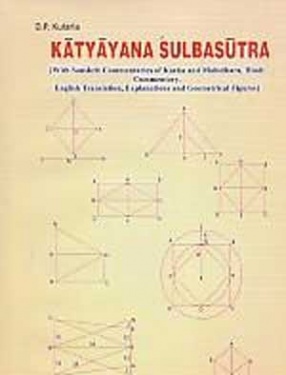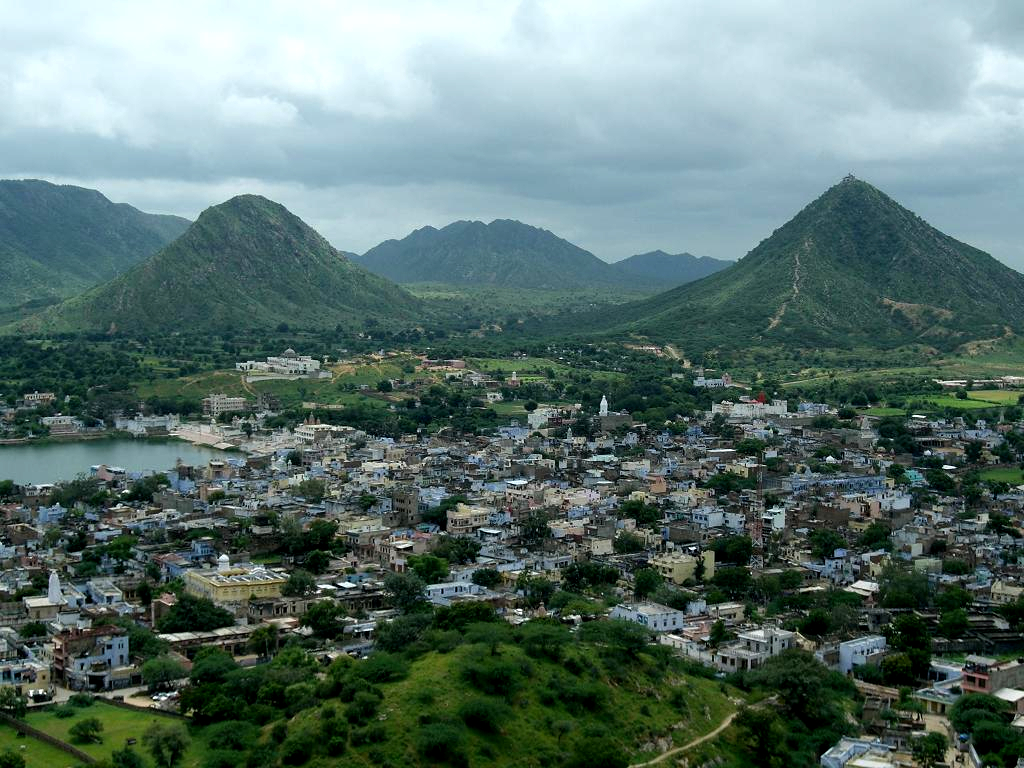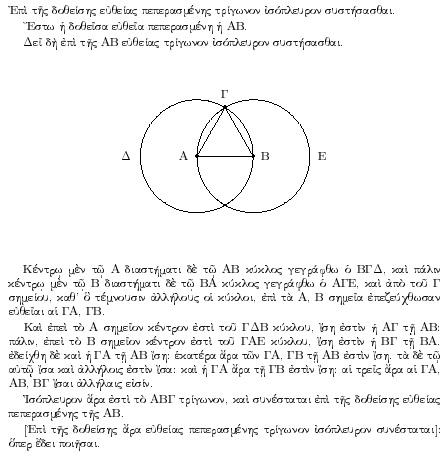|
Bibhutibhushan Datta
Bibhutibhushan Datta (also Bibhuti Bhusan Datta; Bengali : বিভূতিভূষণ দত্ত, Bibhūtibhūṣaṇ Datta) (28 June 1888 – 6 October 1958) was a historian of Indian mathematics. Datta came from a poor Bengali family. He was a student of Ganesh Prasad, studied at University of Calcutta and secured the master's degree in mathematics in 1914 and doctorate degree in 1920 in applied mathematics. He taught at Calcutta University where he was lecturer at University Science College, and during 1924–1929 he was Rhashbehari Ghosh Professor of Applied Mathematics. During the 1920s and 1930s he created a reputation as an authority on the history of Indian mathematics. He was also deeply interested in Indian philosophy and religion. In 1929 he retired from his professorship and left the university in 1933, and became a '' sannyasin'' (an ascetic, a person who has renounced worldly pleasures) in 1938 under the name Swami Vidyaranya. ''History of Hindu Mathematics ... [...More Info...] [...Related Items...] OR: [Wikipedia] [Google] [Baidu] |
Bibhutibhushan Datta
Bibhutibhushan Datta (also Bibhuti Bhusan Datta; Bengali : বিভূতিভূষণ দত্ত, Bibhūtibhūṣaṇ Datta) (28 June 1888 – 6 October 1958) was a historian of Indian mathematics. Datta came from a poor Bengali family. He was a student of Ganesh Prasad, studied at University of Calcutta and secured the master's degree in mathematics in 1914 and doctorate degree in 1920 in applied mathematics. He taught at Calcutta University where he was lecturer at University Science College, and during 1924–1929 he was Rhashbehari Ghosh Professor of Applied Mathematics. During the 1920s and 1930s he created a reputation as an authority on the history of Indian mathematics. He was also deeply interested in Indian philosophy and religion. In 1929 he retired from his professorship and left the university in 1933, and became a '' sannyasin'' (an ascetic, a person who has renounced worldly pleasures) in 1938 under the name Swami Vidyaranya. ''History of Hindu Mathematics ... [...More Info...] [...Related Items...] OR: [Wikipedia] [Google] [Baidu] |
Bengali Language
Bengali ( ), generally known by its endonym Bangla (, ), is an Indo-Aryan language native to the Bengal region of South Asia. It is the official, national, and most widely spoken language of Bangladesh and the second most widely spoken of the 22 scheduled languages of India. With approximately 300 million native speakers and another 37 million as second language speakers, Bengali is the fifth most-spoken native language and the seventh most spoken language by total number of speakers in the world. Bengali is the fifth most spoken Indo-European language. Bengali is the official and national language of Bangladesh, with 98% of Bangladeshis using Bengali as their first language. Within India, Bengali is the official language of the states of West Bengal, Tripura and the Barak Valley region of the state of Assam. It is also a second official language of the Indian state of Jharkhand since September 2011. It is the most widely spoken language in the Andaman and Nicob ... [...More Info...] [...Related Items...] OR: [Wikipedia] [Google] [Baidu] |
Indian Mathematics
Indian mathematics emerged in the Indian subcontinent from 1200 BCE until the end of the 18th century. In the classical period of Indian mathematics (400 CE to 1200 CE), important contributions were made by scholars like Aryabhata, Brahmagupta, Bhaskara II, and Varāhamihira. The decimal number system in use today: "The measure of the genius of Indian civilisation, to which we owe our modern (number) system, is all the greater in that it was the only one in all history to have achieved this triumph. Some cultures succeeded, earlier than the Indian, in discovering one or at best two of the characteristics of this intellectual feat. But none of them managed to bring together into a complete and coherent system the necessary and sufficient conditions for a number-system with the same potential as our own." was first recorded in Indian mathematics. Indian mathematicians made early contributions to the study of the concept of zero as a number,: "...our decimal system, which (by ... [...More Info...] [...Related Items...] OR: [Wikipedia] [Google] [Baidu] |
Historia Mathematica
''Historia Mathematica: International Journal of History of Mathematics'' is an academic journal on the history of mathematics published by Elsevier. It was established by Kenneth O. May in 1971 as the free newsletter ''Notae de Historia Mathematica'', but by its sixth issue in 1974 had turned into a full journal. The International Commission on the History of Mathematics began awarding the Montucla Prize, for the best article by an early career scholar in ''Historia Mathematica'', in 2009. The award is given every four years. Editors The editors of the journal have been: * Kenneth O. May, 1974–1977 * Joseph W. Dauben, 1977–1985 * Eberhard Knobloch, 1985–1994 * David E. Rowe, 1994–1996 * Karen Hunger Parshall, 1996–2000 * Craig Fraser and Umberto Bottazzini, 2000–2004 * Craig Fraser, 2004–2007 * Benno van Dalen, 2007–2009 * June Barrow-Green and Niccolò Guicciardini, 2010–2013 * Niccolò Guicciardini and Tom Archibald, 2013-2015 * Tom Archibald and R ... [...More Info...] [...Related Items...] OR: [Wikipedia] [Google] [Baidu] |
Ganesh Prasad
Ganesh Prasad (15 November 1876 – 9 March 1935) was an Indian mathematician who specialised in the theory of potentials, theory of functions of a real variable, Fourier series and the theory of surfaces. He was trained at the Universities of Cambridge and Göttingen and on return to India he helped develop the culture of mathematical research in India. The mathematical community of India considers Ganesh Prasad as the ''Father of Mathematical Research in India''. He was also an educator taking special interest in the advancement of primary education in the rural areas of India. Early days Ganesh Prasad was born on 15 November 1876 at Ballia, Uttar Pradesh. He obtained the B.A. degree from Muir Central College, Allahabad, M.A. degree from the Universities in Allahabad and Calcutta and the D.Sc. degree from Allahabad University. After teaching at the Kayasth Pathshala, Allahabad, and at the Muir Central College, Allahabad, for about two years, he proceeded to Cambridge for h ... [...More Info...] [...Related Items...] OR: [Wikipedia] [Google] [Baidu] |
University Of Calcutta
The University of Calcutta (informally known as Calcutta University; CU) is a public collegiate state university in India, located in Kolkata, West Bengal, India. Considered one of best state research university all over India every year, CU has topped among India's best universities several times. It has 151 affiliated undergraduate colleges and 16 institutes in Kolkata and nearby areas. It was established on 24 January 1857 and is the oldest multidisciplinary and European-style institution in Asia. Today, the university's jurisdiction is limited to a few districts of West Bengal, but at the time of establishment it had a catchment area, ranging from Lahore to Myanmar. Within India, it is recognized as a "Five-Star University" and accredited an "A+" grade by the National Assessment and Accreditation Council (NAAC). The University of Calcutta was awarded the status of "Centre with Potential for Excellence in Particular Area" and "University with potential for excellence" by ... [...More Info...] [...Related Items...] OR: [Wikipedia] [Google] [Baidu] |
Shulba Sutras
The ''Shulva Sutras'' or ''Śulbasūtras'' (Sanskrit: शुल्बसूत्र; ': "string, cord, rope") are sutra texts belonging to the Śrauta ritual and containing geometry related to fire-altar construction. Purpose and origins The Shulba Sutras are part of the larger corpus of texts called the Shrauta Sutras, considered to be appendices to the Vedas. They are the only sources of knowledge of Indian mathematics from the Vedic period. Unique fire-altar shapes were associated with unique gifts from the Gods. For instance, "he who desires heaven is to construct a fire-altar in the form of a falcon"; "a fire-altar in the form of a tortoise is to be constructed by one desiring to win the world of Brahman" and "those who wish to destroy existing and future enemies should construct a fire-altar in the form of a rhombus"., p. 387, "Certain shapes and sizes of fire-altars were associated with particular gifts that the sacrificer desired from the gods: 'he who desires heaven ... [...More Info...] [...Related Items...] OR: [Wikipedia] [Google] [Baidu] |
MacTutor History Of Mathematics Archive
The MacTutor History of Mathematics archive is a website maintained by John J. O'Connor and Edmund F. Robertson and hosted by the University of St Andrews in Scotland. It contains detailed biographies on many historical and contemporary mathematician A mathematician is someone who uses an extensive knowledge of mathematics in their work, typically to solve mathematical problems. Mathematicians are concerned with numbers, data, quantity, structure, space, models, and change. History On ...s, as well as information on famous curves and various topics in the history of mathematics. The History of Mathematics archive was an outgrowth of Mathematical MacTutor system, a HyperCard database by the same authors, which won them the European Academic Software award in 1994. In the same year, they founded their web site. it has biographies on over 2800 mathematicians and scientists. In 2015, O'Connor and Robertson won the Hirst Prize of the London Mathematical Society for ... [...More Info...] [...Related Items...] OR: [Wikipedia] [Google] [Baidu] |
Pushkar
Pushkar is a city and headquarters of Pushkar tehsil in the Ajmer district in the Indian state of Rajasthan. It is situated about northwest of Ajmer and about southwest of Jaipur.Pushkar Encyclopaedia Britannica It is a pilgrimage site for Hindus and Sikhs. Pushkar has many temples. Most of the temples and ghats in Pushkar are from the 18th century and later, because many temples were destroyed during Muslim conquests in the area. Subsequently, the destroyed temples were rebuilt. The most famous among Pushkar temples is the red spired Brahma Temple. It is consid ... [...More Info...] [...Related Items...] OR: [Wikipedia] [Google] [Baidu] |
A Source Book
A, or a, is the first letter and the first vowel of the Latin alphabet, used in the modern English alphabet, the alphabets of other western European languages and others worldwide. Its name in English is ''a'' (pronounced ), plural ''aes''. It is similar in shape to the Ancient Greek letter alpha, from which it derives. The uppercase version consists of the two slanting sides of a triangle, crossed in the middle by a horizontal bar. The lowercase version can be written in two forms: the double-storey a and single-storey …ë. The latter is commonly used in handwriting and fonts based on it, especially fonts intended to be read by children, and is also found in italic type. In English grammar, " a", and its variant " an", are indefinite articles. History The earliest certain ancestor of "A" is aleph (also written 'aleph), the first letter of the Phoenician alphabet, which consisted entirely of consonants (for that reason, it is also called an abjad to distinguish it f ... [...More Info...] [...Related Items...] OR: [Wikipedia] [Google] [Baidu] |
Historians Of Mathematics
The history of mathematics deals with the origin of discoveries in mathematics and the mathematical methods and notation of the past. Before the modern age and the worldwide spread of knowledge, written examples of new mathematical developments have come to light only in a few locales. From 3000 BC the Mesopotamian states of Sumer, Akkad and Assyria, followed closely by Ancient Egypt and the Levantine state of Ebla began using arithmetic, algebra and geometry for purposes of taxation, commerce, trade and also in the patterns in nature, the field of astronomy and to record time and formulate calendars. The earliest mathematical texts available are from Mesopotamia and Egypt – '' Plimpton 322'' ( Babylonian c. 2000 – 1900 BC), the ''Rhind Mathematical Papyrus'' ( Egyptian c. 1800 BC) and the '' Moscow Mathematical Papyrus'' (Egyptian c. 1890 BC). All of these texts mention the so-called Pythagorean triples, so, by inference, the Pythagorean theorem seems to be the most an ... [...More Info...] [...Related Items...] OR: [Wikipedia] [Google] [Baidu] |






